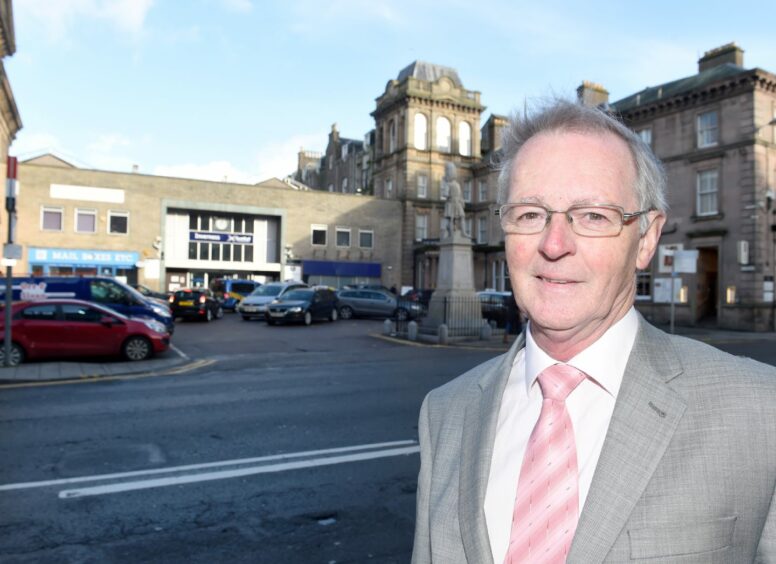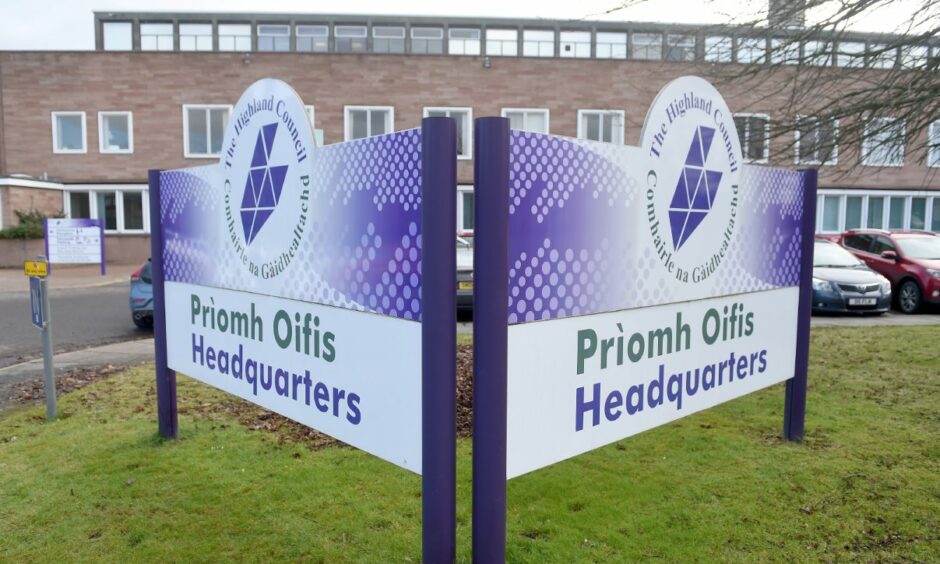Highland Council will explore bike schemes and free bus travel for under-22s as part of a range of measures to improve its school transport.
These ideas are part of a wide range of measures put forward by consultancy TAS, which undertook a comprehensive review of the council’s school transport policy.
TAS director John Taylor told today’s economy committee there are “no simple solutions” to the expensive school transport service.
Instead, he offered a range of small improvements.
Highland Council provides school transport to more than 9,000 pupils under its statutory obligations.
The average cost per pupil is £331. Mr Taylor said the Highlands faces unique challenges – in particular the remote and rural geography.
A large school estate spread out across the region means longer distances, which in turn means more bus driver hours.
The TAS report states that labour costs make up two-thirds of the Highland school transport budget.
Excel fail
Councillors on the economy committee praised the detailed report, which runs to 159 pages.
However, Councillor Allan Henderson referred to it as an “anorak report” since it offers few solutions.
So what ideas does the “anorak” report offer?
TAS points out that the Pupil Transport Unit records the arrangements for 9,000 students on “the most complex Excel spreadsheet we have ever seen.”
They recommend an immediate move to more sophisticated software and electronic application forms to improve information flow.
They also recommend incorporating Gaelic medium education into the main school transport policy, and tightening up record keeping around discretionary transport for pupils with additional support needs.
So far, so dry. However, the consultants also suggest some more attention-grabbing cost saving measures.
Will free bus travel help?
The Scottish Government’s commitment to fund free bus travel for under-22s could see Transport Scotland pick up the tab instead of the Highland Council.
To achieve this, TAS recommends that the council ask all young people to apply for the Young Person’s Card. In areas where a public bus service is available, this would allow school pupils to travel for free rather than taking up a funded space on a school bus.
Councillor Derek Louden had his bus metaphors at the ready. “It’s very clear the route we should be taking,” he said. “I hope the council will proceed with clear speed.”
However, Mr Taylor suggested caution. “My concern is it interacts with the vulnerability of bus services at the moment,” he said, adding that patronage is down and services rely on state support.
Councillor Allan Henderson pressed the point. “I’m not convinced the entitlement card will help much beyond Inverness city,” he said. “The concessionary scheme will only give operators cost recovery, and they need cost recovery plus profit.”
As Mr Taylor succinctly put it – free bus travel only works where there are buses.
The Highland market is flat: 30% of council tenders attracted only a single bid.
On your bike
In an effort to encourage active travel and reduce emissions, council will explore a cycle to school scheme. TAS says the current school transport policy is weak on environmental objectives and doesn’t acknowledge new legislation around cycling.
The idea is that the council provide bikes, equipment and training for pupils who could safely cycle to school.
E-bike schemes can be offered to pupils aged 14 and over. There’s no maximum distance set out in legislation, so it would be up to the council to decide which areas would be eligible in terms of distance and road safety.
However, improvements to roads and cycle lanes plus the cost of the bikes and training, could see this green policy collide with the council’s ambition to cut costs.
Similarly, the council could save money by better promoting its travel cost reimbursement scheme, which pays parents to take their own kids to school if they live over a certain distance away.
This is likely to cost less than school transport, but the price would be higher congestion and poorer air quality.
For children with additional support needs, there’s potential to offer “independent travel training” so pupils who are able could catch the mainstream bus.
However, TAS admitted that none of these measures would deliver huge savings because – as they simply put it – the current policy is not “over generous”.
Highland Council school transport policy as it stands meets the bare minimum legal requirement.
The economy committee noted the report, and it will now move through a dedicated ‘transformation’ programme in a bid to deliver savings.


